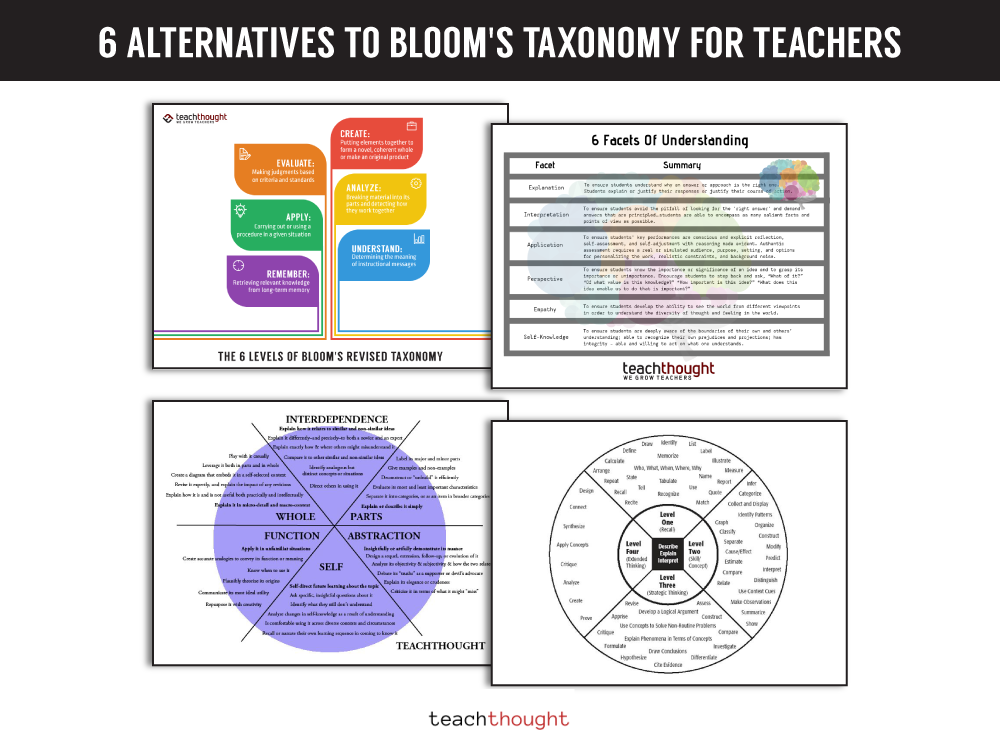

Founder & Director, TeachThought | B.A., English; M.Ed.
Terry Heick is Director of TeachThought, and the creator of the TeachThought Taxonomy, a framework for thinking, teaching, and assessment. An advocate for critical thinking, his work also explores Artificial Intelligence and how it can be used to create human-centered learning experiences.